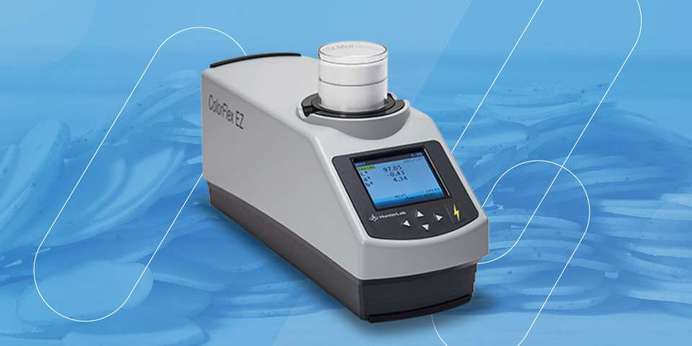The Importance of Iodine
Testing for starch in food requires a chemical reaction, and that reaction is best made with iodine. Iodine reacts with amylose, one of the two compounds that make up starch. It's important to note that iodine is toxic when ingested and can stain skin and fabric. If you choose to introduce iodine testing into your starch color measurements, be sure you and your team use adequate protection and take care not to ingest or have prolonged content with your samples.
How to Test for Starch
You can test any food or liquid for starch in just a few steps. First, gather your equipment — you'll need the product you're testing, cups or containers to separate samples, water, and iodine. Once you have your supplies, follow these directions carefully:
- Thinly slice or section your food into small, equally-sized pieces. If you're measuring a liquid, pour the same amount into at least two containers. One container will be a control, and the other will be the one you use to measure with iodine.
- Add a couple of drops of water to your control sample, then add the same amount of iodine to your test sample.
- Wait a few minutes to see if an iodine reaction takes place.
Interpreting Your Results
How will you know if the iodine reaction indicates the presence of starch? Within minutes, your iodine sample will begin to develop a dark blue or black hue, indicating the iodine and starch are reacting. The darker the color gets, the more starch is present.
When you measure the color of this reaction, you're not measuring the starch itself, but instead, the amount of starch reacting to the iodine. Using a spectrophotometer to measure the color of the iodine is still a suitable method of measuring the amount of starch in your products.


